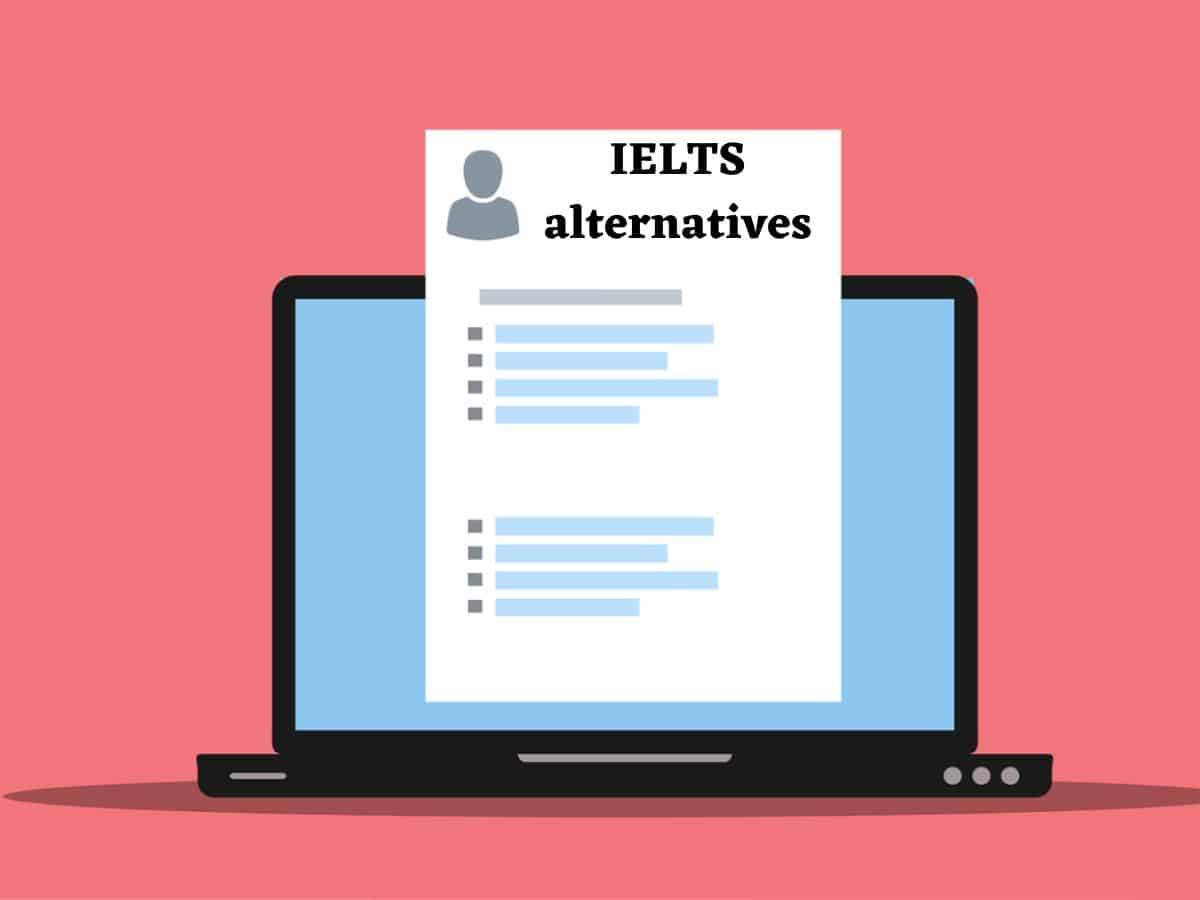
The candidates who want to apply for Canadian PR or a student visa often requires to demonstrate proficiency in the English language. While the International English Language Test System (IELTS) has traditionally been the go-to exam for this purpose, the Canadian government has recently introduced alternatives to the IELTS.
Effective from August 10, 2023, the Canadian government has announced the end of the IELTS monopoly for student visa applications under the Student Direct Stream (SDS). As a result, applicants will now have the option to submit English language test results from alternative proficiency exams, including the Canadian English Language Proficiency Index Program (CELPIP) General, Canadian Academic English Language (CAEL) Test, Pearson Test of English (PTE) Academic, and Test of English as a Foreign Language (TOEFL) iBT.
PTE, TOFEL most popular IELTS alternatives
Among these alternatives, PTE and TOEFL are widely recognized and accepted in many popular study destinations worldwide. Apart from Canadian student visas, these alternatives can be beneficial for those who are looking for foreign studies in other countries.
The PTE is particularly advantageous for those considering studying in Australia, while another IELTS alternative, the TOEFL, is widely accepted in countries such as the United States, Canada, Australia, New Zealand, and over 98 percent of universities in the UK.
For individuals applying for Canadian PR, the IELTS is not the only option available. The CELPIP, which stands for Canadian English Language Proficiency Index Program, serves as a viable alternative. While both the IELTS and CELPIP test candidates’ proficiency in listening, speaking, reading, and writing, there are significant differences in the way the exams are conducted.
CELPIP vs IELTS for Canadian PR
For Canadian PR, candidates have to appear for either IELTS General Training or CELPIP General.
In the IELTS listening section, questions appear before the audio is played, giving candidates a clear idea of what they need to pay attention to. In contrast, the IELTS alternative for Canadian PR, CELPIP, follows different order. The CELPIP listening section plays the audio first, followed by the appearance of questions. This can make it slightly more challenging for candidates to retain information from the audio and answer the corresponding questions. However, the CELPIP audio typically consists of daily conversations in a North American accent, which may be easier to comprehend compared to the IELTS audio, which often features multiple accents (primarily British, Australian, and American).
In the IELTS reading section, students are required to write answers using 1-3 words. Additionally, they must be careful with their spellings. In contrast, the CELPIP reading section presents students with a dropdown list of options, from which they need to select the appropriate answer.
Another notable difference is found in the writing section. The IELTS writing section does not provide a spell checker, whereas the CELPIP writing section does. This feature can assist Canadian PR and student visa applicants during the test, ensuring better accuracy and minimizing spelling errors.
Perhaps the most significant distinction lies in the speaking section. In the IELTS, candidates must participate in a face-to-face exam with an examiner, engaging in a conversation. Conversely, the CELPIP speaking section requires candidates to respond to on-screen prompts verbally, without the presence of an examiner.
Minimum bands needed in IELTS, CELPIP
For Canadian PR applicants, the minimum required IELTS score is 6 bands in each section. In comparison, the candidates need to score a minimum of seven in each section of CELPIP in order to be eligible for the Canadian Express Entry skilled immigrant program.
Though, there are IELTS alternatives available for applicants seeking Canadian PR or a student visa, they need to consider their strengths and weakness before deciding which is better for them.



